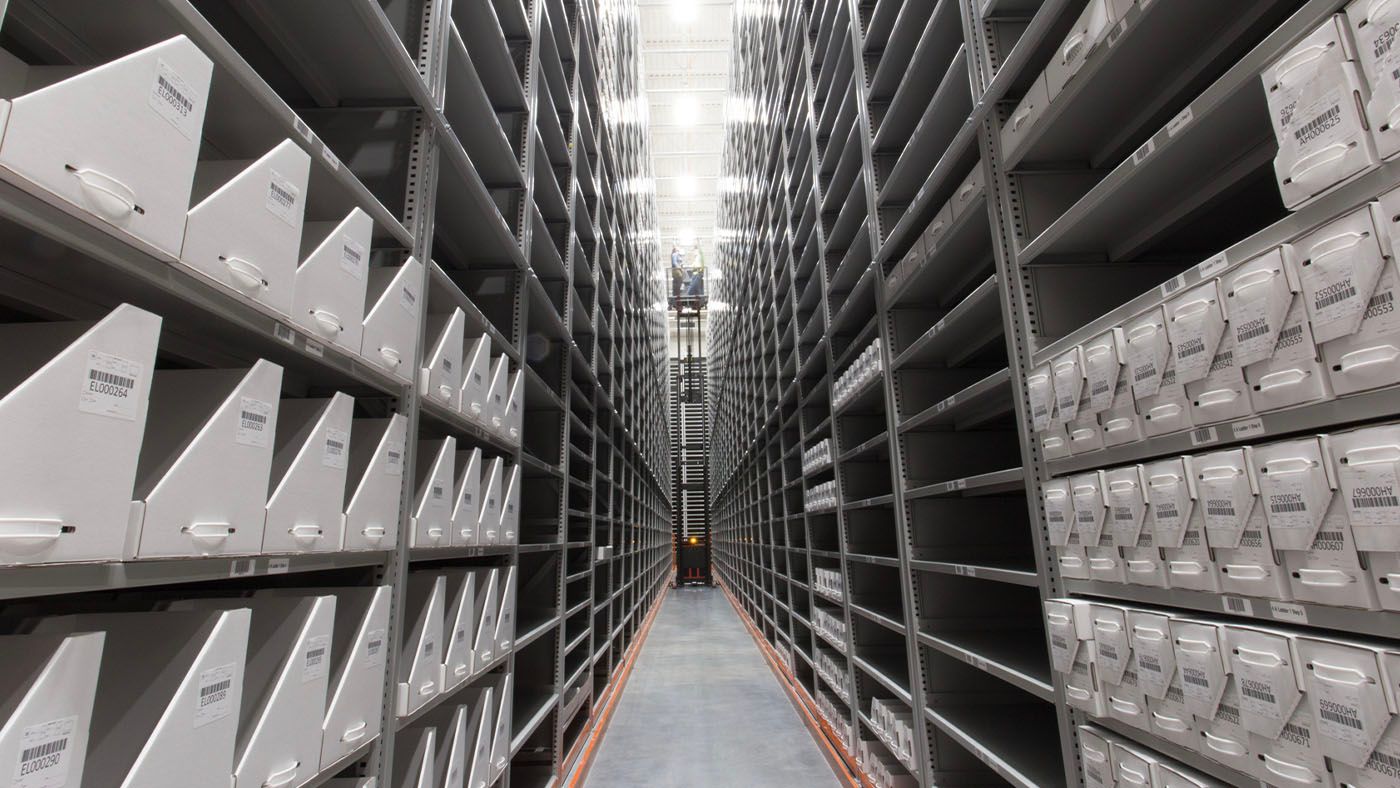
Protecting and Preserving Materials for Civic, Public Safety and Higher Education Institutions with Off-Site Storage Solutions
Explores strategies for safely and efficiently storing and providing access to these valuable materials in off-site facilities. Participants will learn about trends driving the move to off-site storage, the storage requirements of analog materials, and the process of designing off-site facilities.
What's in the presentation?
Although the world is becoming more digital every day, analog materials like books, museum artifacts, and police evidence are still central to many institutions’ missions. This presentation explores strategies for safely and efficiently storing and providing access to these valuable materials in off-site facilities. Participants will learn about trends driving the move to off-site storage, the storage requirements of analog materials, and the process of designing off-site facilities. We’ll also cover real-world cases involving a university, a police department, a museum, and a public library.
This presentation counts toward 1 AIA Credit.
Objectives:
- Understand market trends that drive the need for off-site storage and how libraries are transforming to meet the needs of the communities they serve, including bridging a digital divide for low-income households. Demonstrate how interior architecture can support these modern spaces by incorporating storage solutions that provide safety features, are easy to use, and are compliant with codes to ensure occupant wellness and safety.
- Learn the value of preserving and protecting collections by market segment and explain how off-site storage assists with these goals.
- Discover the process of transitioning to off-site storage, including design and operational considerations, and develop strategies to integrate FF&E with lighting, ventilation, and disaster mitigation systems to minimize hazards to employees and stored collections.
- Examine how high-bay and other off-site storage solutions facilitate adaptive reuse and support efficiency and sustainability goals to help achieve LEED v4.1 certification in the categories of Building Design and Construction, Interior Design and Construction, and Building Operations and Maintenance.